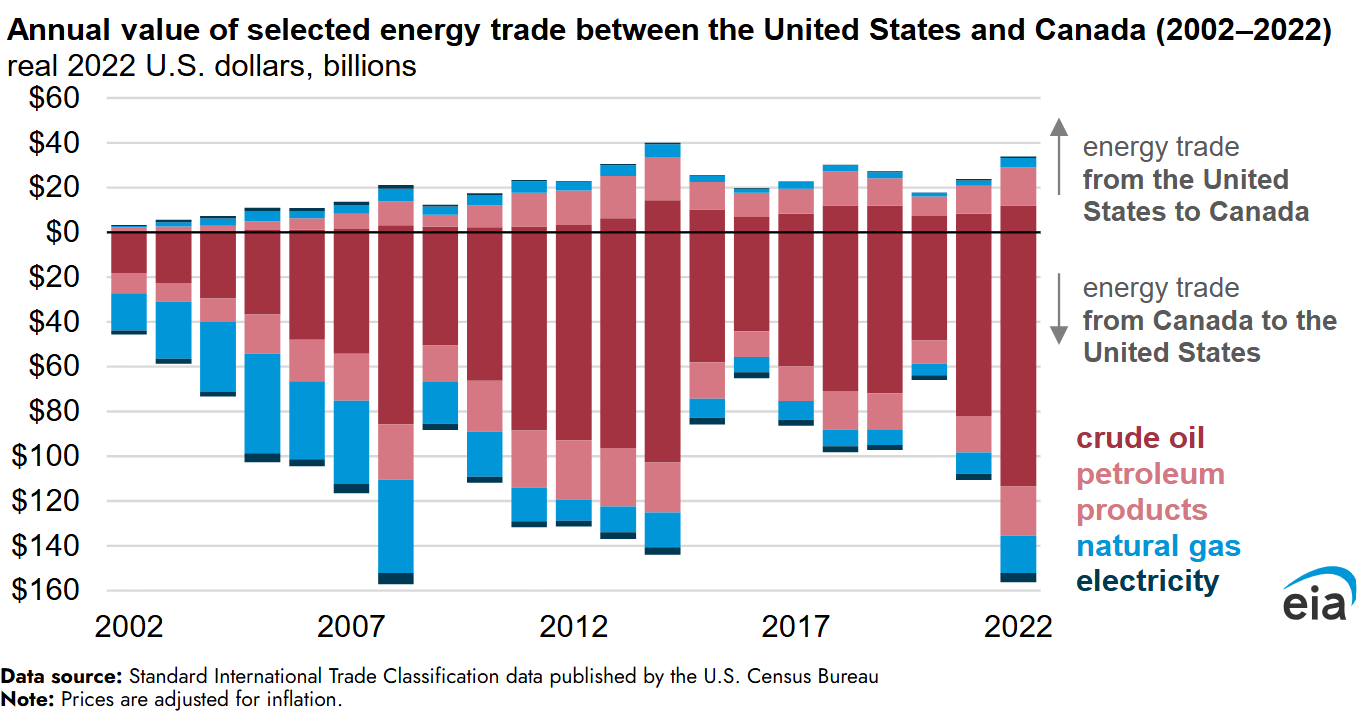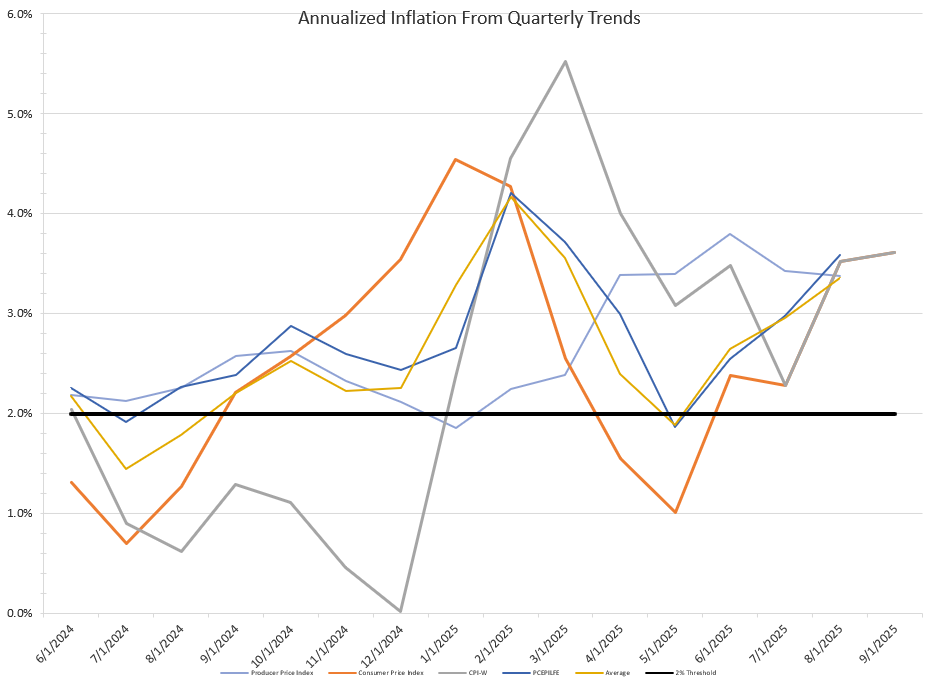Colin Read • March 3, 2024
It's All About Power - Sunday, March 3, 2024

The U.S. is experiencing a revolution. We are a bit late to the party, but we are nonetheless picking up speed.
Last year, a full 83% of all new electricity power installed was sustainable. This is significant in two ways. Our need for power is increasing, and the cost of sustainable power is decreasing.
We need more power as our economy grows. We have been seeing economic growth balanced with increased efficiency and with a shift from manufacturing toward service industries, so the demand for new power has been relatively flat this new century. However, the uptake and projections for electric vehicles, mandates in some large states for EV transitions, and conversions to heat pump technology to warm homes even in some of our harshest climates has caused estimates for electricity needs to increase more than 60% over the next couple of decades. This increase in demand is not even predicated on the expected dramatic growth of Artificial Intelligence and the massive power hungry processing power it requires as AI infiltrates almost every dimension of our lives. We also see that the a single cryptocurrency, Bitcoin, represents almost all of the electricity they squander when another technology can perform the same function but with a tiny fraction of power used. While a percent or two of our electricity that is wasted does not sound like much, it still represents the amount of power used by millions of consumers.
It is reassuring that this new growth in power usage will come primarily from renewables. Indeed, given the current substantial price advantage solar, wind, and geothermal power has over hydrocarbon-based sources, it appears we can easily meet these needs while we also save money. We can have more power, and cheaper, if we are willing to invest today.
The problem with private sector investment into such grand projects that pay dividends over decades is that private capital prefers quicker returns. In the long run, risks compound and overwhelm even the significant internal rates of return from investments in solar and wind farms.
The second problem is that almost all the investment in sustainable energy is up-front, with almost zero variable costs over time. These projects compete with natural gas which is cheaper initially but requires a significant cost each year. In addition, since the marginal cost of power each year for wind and solar is essentially zero, producers fear ruthless competition. They are rest-assured that prices for hydrocarbon-produced power will never drop below the cost of the natural gas that fuels it. This different competitive environment induces power producers to stick with the tried and proven true.
The other challenge is that the sun doesn’t shine nor the wind blow where and when people need power. Part of the solution then requires energy storage, which is more costly than the energy generation technology it stores.
Engineers have figured out the technological aspects. President Biden’s Inflation Reduction Act demonstrates that public policy can incentivize private investment. There remain two roadblocks.
The first is NIMBY. Those who don’t want a solar or wind farm in their backyard. While we marvel at quant windmills in Holland that were placed there centuries ago to run pumps to drain fields, less picturesque to some are wind generators on nearby hills. I see them as a statue of sustainability, but not all share my technology nostalgia.
The same holds true for solar cells. Some claim reflections from these black surfaces blind them, just as they can detect from a long distance a whine from wind plants that my ears must not hear. People have made myriad claims about the undesirability of sustainable power, perhaps partially fueled by those who would otherwise fuel our growth through natural gas.
If we can overcome the significant zoning barriers placed by NIMBYs, there remains an even bigger challenge to local and state governance. We have to shift from where power is moved.
Traditionally, power sources could be located near cities. It is cheaper to move natural gas through pipelines than electricity through powerlines. Nikola Tesla proved more than a century ago that very high voltage alternating current (AC) could move dozens of miles with little loss, and hundreds of miles with acceptable losses. For a long transmission line, this resistance may consume 10% or more of the power, while a longer pipeline consumes little power once built.
A pipeline is also far easier and cheaper to build, and an underground pipeline meets with substantially less public resistance than above ground transmission line. Hence, very few new transmission lines are built, and those that are must navigate a decades-long process of approvals.
Fortunately, there are some technological solutions beyond the obvious need to place transmission lines within the national interest and of a federal regulatory authority rather than the hodge-podge of local governments, each of which can veto a multijurisdictional plan.
An easier route is technological. The conductors of an existing transmission line can be replaced with a newer design that can transport twice the power for the same amount of loss. This solution is costly, but less costly than building a new line and certainly without the delays of multiple layers of regulations and jurisdictions.
Another even more promising technology is the conversion to direct current high voltage lines. Such HVDC technologies reduce transmission losses. And since DC is able to more efficiently use the metal in a conductor, conductor heat generation is reduced and hence a higher voltage can be employed. The amount of energy rises in proportion to its voltage.
Finally, smart transmission lines and artificial intelligence can be used to modulate the amount of power transmitted based on the instantaneous temperature of the conductors. Such smart use of technology can add another 20-30% to transmission capacity.
In combination, these technologies can permit the existing electricity transmission network to move two to three times the amount of energy it currently carries. There may still be some new lines necessary to get power from ideal wind or solar locations to the nearest interstate onramp to a revamped electric grid.
What we really need, and I can hear the pushback and parochialism already, is a thoughtful and inclusive plan at the national level that sets aside provincial concerns. Just imagine trying to design an interstate highway system today out of the blue, without some Eisenhoweresque motivation that invoked the Cold-war era Defence Department justification for long and straight highways that could also be used in wartime. And, when we designed the Interstate Highway System in the wake of World War II, we acted like a nation rather than a country of 48 states. To try to do the same thing now, with our current sense of injury to states’ rights would be most difficult. In fact, Texas refuses to join a national grid that could alleviate its brownouts and energy shortages because they prefer to do it alone rather than share. And local or regional power companies resist any effort that will erode their local market power to a national entity, regardless of whether such a consolidation could increase supply, reduce costs, and improve reliability.
It was an unwillingness to look at our environment and our energy needs in the very long run that got us into the sustainability mess and global warming we find ourselves in today. And, it appears to be that same quest to preserve political power rather than promote clean electric power that may keep us in this mess. I find little comfort in realizing that there is a better way.









